Le Supermarine Stranraer
English Transaltion
Merci à AMB Brescia pour ces photographies
Il s'agit d'un hydravion de reconnaissance lointaine, propulsé par 2 Bristol "Pegasus" X avec un équipage de 7 hommes lourdement armé avec des bombes et de charges de profondeur
Il a une autonomie de 1.700 km. Il a été le développement final de l l’hydravion Southampton et fut un des dernier hydravions biplans a avoir été construits.
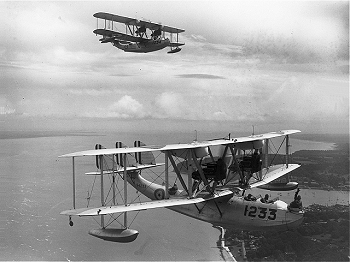 |
| Supermarine Southampton Internet |
Le Supermarine Stranraer
Le Supermarine Stranraer a été conçu et construit par Supermarine Aviation Works dans les années 1930 et il marque l’aboutissement des recherches sur les hydravions biplans pour le compte de la RAF. Il a été conçu par RJ Mitchell suite à une demande de l’'Air Ministry R.24/31 Spécifications pour un hydravion de reconnaissance côtière pour la RAF, comme le London Saro
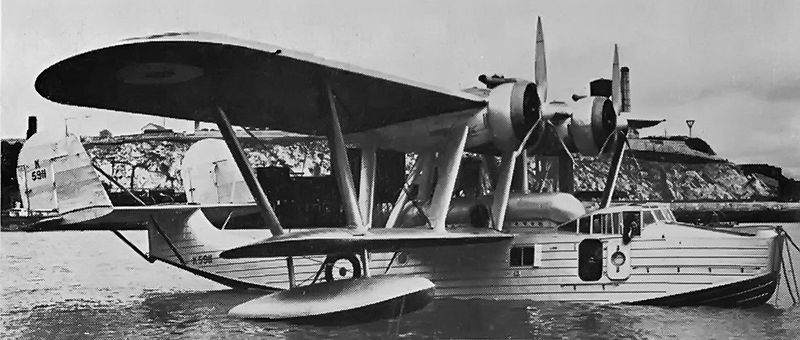 |
| SARO London Internet |
Tout d'abord, lancé sur fonds privés sous le nom de Southampton V il fera l’objet d’un contrat en 1933 portant sur la construction d’un prototype le Singapour V, alimenté par deux Moteurs de 820 ch Bristol Pegasus HIIM entrainant des hélices bipales en bois d'un type connu sous le nom de Stranraer
Suit le premier vol d'essai du prototype (K3973) le 24e Octobre 1934. Le modèle de série effectue son premier vol à la mi-1935 et il est mis en concurrence avec le London au sein du 210 Squadron entre Octobre et Novembre 1935, au cours de laquelle il a apparait légèrement sous motorisé Le 29 août 1935, intervient la première commande initiale de 17 Stranraer (série K7287 à K7303).
Le premier rejoint le 228e Squadron à Pembroke Dock au début de l'année 1937 où il reste jusqu'en avril 1939, La version de série est équipée d'une paire de Pegasus X 920 CV radiaux avec hélice tripales Fairey Reed en métal ;Elle effectue son premier vol en Décembre 1936 , et entre en service le 16 avril 1937
Le dernier Stranraer sera livré le 3 avril 1939. Une autre commande de six appareils (K9676 à K9681) passée en Mai 1936, ayant été annulée.
En Décembre 1938 les Stranraer arrivent au 209e Squadron à Felixstowe, et plus tard ils sont basés à Invergordon Oban pour les patrouilles sur de la mer du Nord jusqu'à ce que supplanté par le Lerwick l'année suivante. Le 240e Squadron fut l’autre Squadron du Coastal Command à servir sur Stranraer,
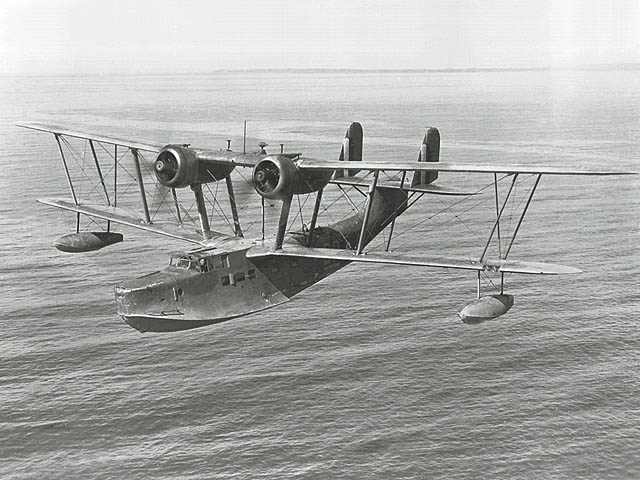 |
| Internet |
La conversion sur un autre appareil débute en Juin 1940 à Pembroke Dock
En règle générale, l'avion n'a pas été bien accepté car il ne fut pas utilisé longtemps Son rendement sera donc considéré comme marginal dans la première partie de la Deuxième Guerre mondiale. Retiré du service opérationnel en Mars 1941, les Stranraer seront remplacés par les Consolidated Catalina, mais ils ont continué comme avions écoles jusqu'à Octobre 1942.
Le Stranraer ne servira jamais outre-mer
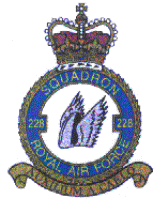 |
.jpg) |
| 2228e RAF Squadron |
240e RAF Squadron |
Description
C’était in hydravion bi-moteur- construit principalement en Duralumin, avec une coque recouverte de tôle et des ailes en tissu En raison se son accueil défavorable reçu de la part des équipage en vol et au sol, le Stranraer gagné un grand nombre de surnoms le tournant en dérision .Il est surnommé shithouse" ou sifflement car les toilettes donnant directement dehors un sifflement était entendu lorsque le siège était levé
Les autres surnoms de l engin furent les suivants
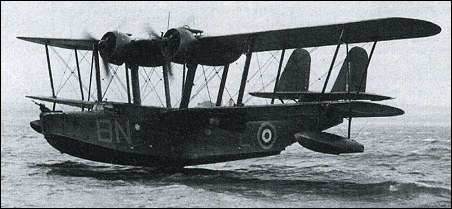 |
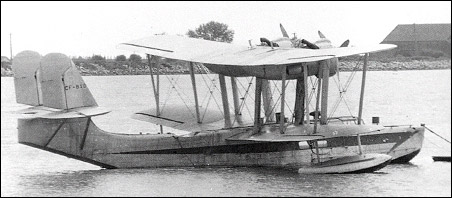 |
| Internet |
Internet |
"Flying Meccano Set", "Le Marpole Bridge", "Seymour Seine Net", "Filtre", "Flying Centre section du Lion's Gate Bridge" ainsi que d'une variante plus distinguée de son surnom habituel, "Whistling Birdcage ».
Utilisateurs
Il a été utilisé par la RAF, mais le Stranraer a été construit en plus grand nombre et fut utilisé longtemps par la Royal Canadian Air Force (40 construit au Canada par Vickers Limited et 8 furent utilisés à des fins civiles avant la 2e Guerre Mondiale
Les autres furent utilisés pour des patrouilles par les 201 209 210 et 228 Squadrons sur les côtes atlantiques et pacifiques. Ils ont finalement été retiré du service en Février 1945.
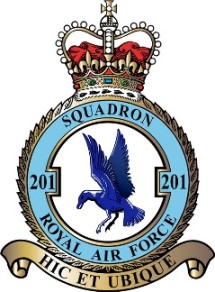 |
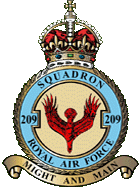 |
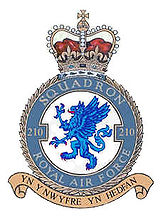 |
.gif) |
| 201e RAF Squadron |
209e RAF Squadron |
210e RAF Squadron |
228e RAF Squadron |
Lees utilisateurs civils
Après leur retrait plusieurs Stranraer (13) ont été enregistrées pour un usage civil par le Gouvernement Canadien et aussi après guerre par les compagnies Queen Charlotte Airlines and British Columbia qui ont continué à utiliser le Stranraer jusqu’en 1957, opérant à partir de Vancouver
8 Stranraer ont également été vendus à l'Aero Transport Ltd, de Tampa, en Floride
Caractéristiques
Équipage: 6-7
Poids à vide: 5100 kgs
Charge Utile: 8620 kgs
Longueur: 16,7
Envergure 25,9 m
Taille: 6.6 m
Surface alaire: 135,4 m²
Moteur: 2 × Radial Bristol Pegasus X, 920 HP (chacune)
Vitesse maxi 265 km / à 1830 m
Rayon action 1610 kms
Altitude 5640 m
Armement
3 × 0,303 pouce (7,7 mm) Lewis Guns
454 kg de bombes ou de charges de profondeur
Utilisateurs Users
.png) |
.png) |
| Royaume Uni |
Canada |
The Supermarine Stranraer
It is a long range reconnaissance flying boat , powered by 2 Bristol "Pegasus" X Motors with a crew of 7 men heavily armed with and large bomb load He has a range of 1700 kilometers . He was the final development of the Southampton flying boat to be put into production and was one of the world's last biplane flying boat.
.jpg) |
| Supermarine Southampton Internet |
The Supermarine Stranraer
The Supermarine Stranraer was a flyingboat designed and built by Supermarine Aviation Works built in the 19304s which marked the end of biplane flying-boat development for the RAF . He was designed by R J Mitchell as a tender to Air Ministry R.24/31 Specification for a coastal reconnaissance flying boat for the RAF, as the Saro London
.jpg) |
| SARO London Internet |
First he was a a private venture first known as the Southampton V follow a contract placed in 1933 for a prototype know as Singapore V,powered by two 820 hp Bristol Pegasus HIIM radials driving two-blade wooden propellers for a type became known as the Stranraer Follow the initial flight-test program the Stranraer prototype (K3973) on October 24th 1934.He make his first flew in mid-1935 It also underwent comparative trials with the London on No. 210 Squadron in October and November 1935, during which it was found to be somewhat underpowered On August 29th 1935, initial order for 17 Stranraer was placed (Serial K7287 to K7303) . The first joined No.228 Squadron at Pembroke Dock in early 1937 remaining with this squadron until April 1939, The production version was fitted with a pair of Pegasus X 920 hp radials driving a three-blade Fairey Reed metal propeller and first flew in December 1936, entering service on April 16th 1937
Last Stranraer was delivered 3 April 1939. Another order for six aircrafts (K9676 to K9681) was placed in May 1936, was cancelled.
.jpg) |
| Internet |
.
In December 1938 Stranraers joined No. 209 Squadron at Felixstowe, and later moving to Invergordon and Oban for patrols over the North Sea until supplanted by the ill-fated Lerwick the following year. No, 240 Squadron was the only other RAF Coastal Command squadron to fly the Stranraer, converting to the aircraft in June 1940 at Pembroke Dock for short-range patrol work over the Western Approches
Generally, the aircraft was not well-received as its performance was considered marginal during the early part of the Second World War. Withdrawn from operational service in March 1941, when Stranraers were replacé by Consolidated Canso Catalina but they continued to serve in a training capacity until October 1942.
Although RAF Stranraer did not serve at overseas stations
.gif) |
.jpg) |
| 228e RAF Squadron |
240e RAF Squadron |
Description
He was a twin-engine biplane flying-boat with a structure mainly in Duralumin, with the hull covered with sheet metal and the wings with fabric Due to its less than favourable reception by flight and ground crews, the Stranraer gained a large number of derisive nicknames. It was sometimes referred to as a "whistling shithouse" because toilet opened out directly to the air and when the seat was lifted, the airflow caused the toilet to whistle
.jpg) |
.jpg) |
| Internet |
Internet |
The Stranraer also acquired "Flying Meccano Set," "The Marpole Bridge," "Seymour Seine Net," "Strainer," "Flying Centre Section of the Lion's Gate Bridge" as well as a more genteel variant of its usual nickname, "Whistling Birdcage."
Users
He was used by RAF but Stranraer was built in greater numbers and had a longer service life outside the United Kingdom with Royal Canadian Air Force, (40 where built by Canada Vickers Limited and 8 were in service with the Canadians at the outbreak of war. They were used for patrol duties both on the Atlantic and Pacific coasts. with the 201 209 210 et 228 Squadrons They were finally retired from service in February 1945.
.jpg) |
.gif) |
.jpg) |
.gif) |
| 201e RAF Squadron |
209e RAF Squadron |
210e RAF Squadron |
228e RAF Squadron |
Civilian Users
After retirement several 13 Stranraer were registered for civil use through Crown Assets (Canadian government) they passed into civilian use after the war, several serving with Queen Charlotte Airlines and British Columbia who continued to use Stranraer since 1957 operating from Vancouver and providing a service A total of eight surplus Stranraer were also sold to Aero Transport Ltd. of Tampa, Florida
Technical data
Crew: 6-7
Empty weight: 5,100 kgs
Loaded weight: 8,620 kgs
Length: 16.7m
Wingspan 25.9 m
Height: 6.6 m
Wing area: 135.4 m²
Power plant: 2× Radial Bristol Pegasus X , 920 HP (each)
Max Speed 265 km/hat 1830 m
Range 1610 kms
Ceiling 5640 m
Armament
3 × 0.303 inch (7.7 mm ) Lewis Guns
454 kgs of bombs or depth charges






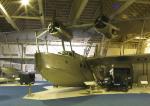
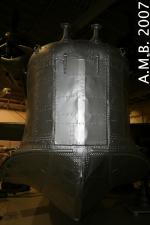
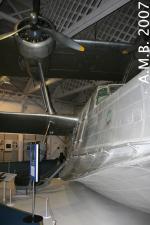

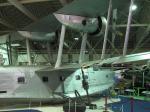


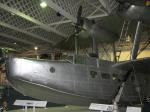
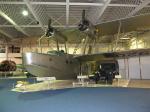
.jpg)




.jpg)





.gif)
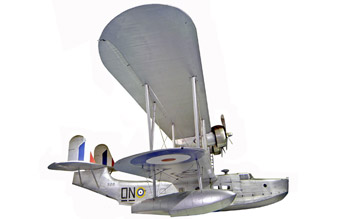
.png)
.png)
.jpg)
.jpg)
.jpg)
.jpg)
.gif)
.jpg)
.jpg)
.jpg)
.jpg)
.gif)
.jpg)
.gif)